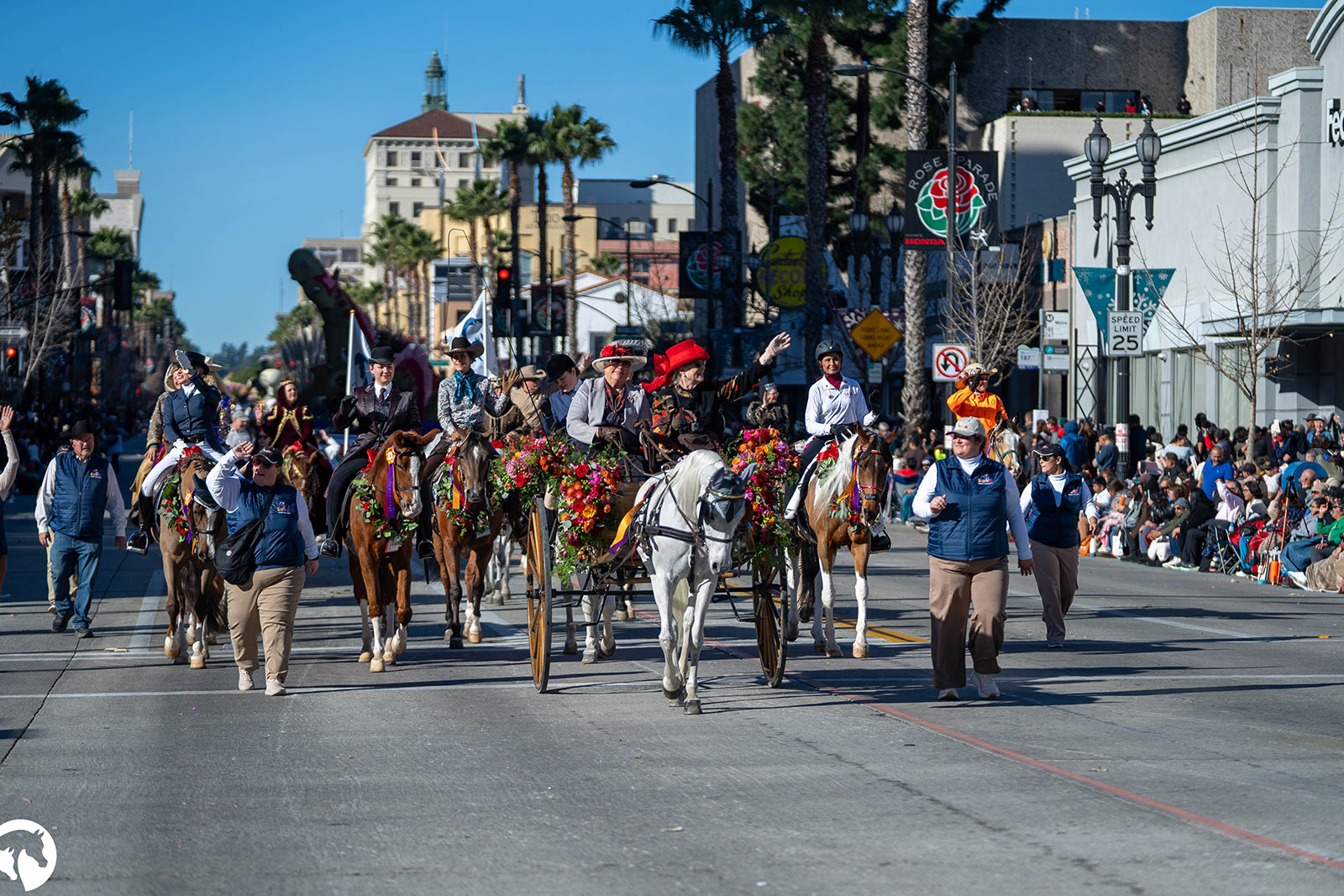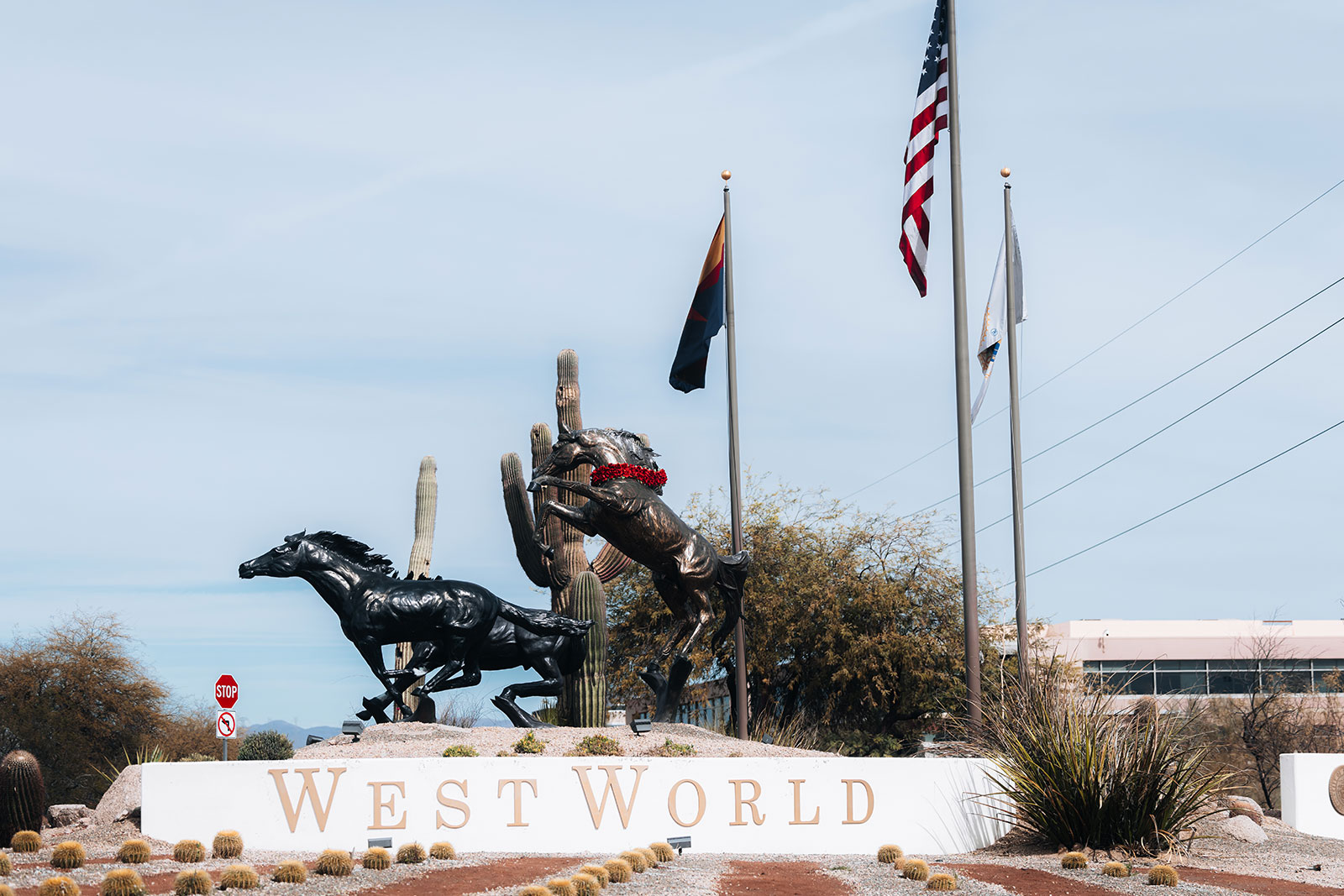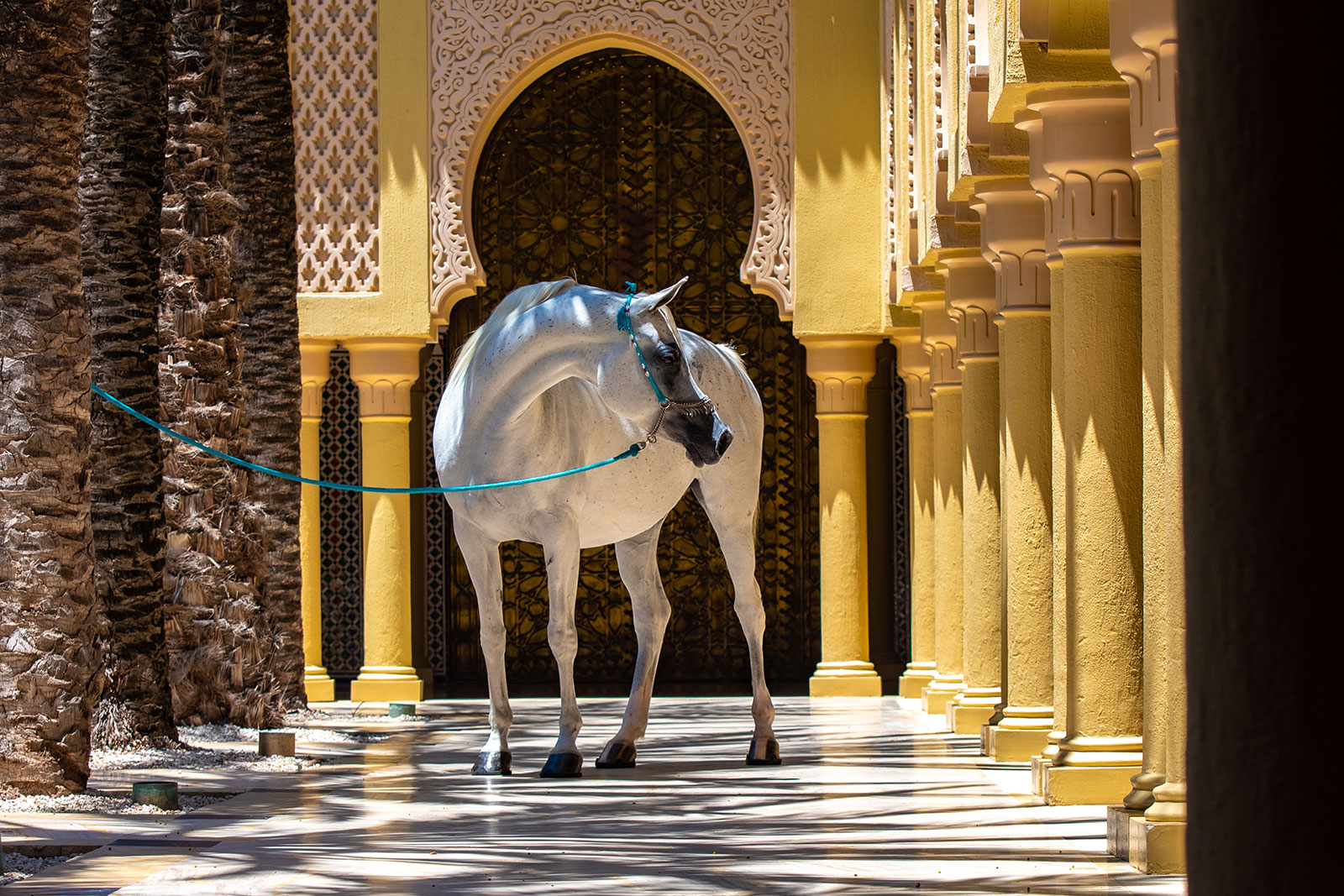Above: Allison’s stallion, Botswana.
By Allison Mehta
As featured in the Spring 2024 issue of Arabian Horse World.
Arabian Horse World has asked me to write a few words about “the state of the Straight Egyptian horse in the US today.”
To arrive at this point, we need to start at the beginning. In the 1960s, a group of dedicated and passionate American breeders emerged, using bloodlines primarily derived from horses bred in the studs of wealthy Egyptian princes, the Blunt’s Sheikh Obeyd stud, and the original Royal Agricultural Society. But these horses had not been named as a group—nor any qualifications for belonging to that group established–before these American breeders “branded” them as “Straight Egyptian” Arabians. Furthermore, they established the qualifications for an SE horse and formed an organization to preserve and promote them, called The Pyramid Society. And finally, they developed an event to publicize the Egyptian horse named The Egyptian Event.
It was an exciting time—beginning with several dynasties of energetic breeders and grand events in Kentucky. Large farms, with dynamic breeding and marketing models flourished—and the price of SE horses grew to be astronomical in some instances.
However, we have seen quite the opposite in the last ten to fifteen years: the end of the Egyptian Event in 2019, the demise of the Pyramid Society (however, the remaining assets were absorbed into the current Pyramid Society Foundation), and the closing of the remaining extensive farm marketing and promoting Straight Egyptian horses to newcomers.
So, we should be discouraged and depressed about the future of the Straight Egyptian horse, right? Well, I feel an almost opposite emotion—particularly in the last two to three years.
First of all, while the Pyramid Society was, in its heyday, a fabulous organization for Egyptian horses and their breeders, over the last ten years or so, I believe many of its most prominent members had become myopic in their vision—and seemingly idolatrous of breeding programs in the Gulf States. At the last Egyptian Event in 2019, I had a highly influential member of the Pyramid Society tell me (after complimenting me on Botswana’s prowess as a sire)…”But you know, my dear, all the really good horses are now in the Middle East.” (Most of which are heavily inbred to one or two bloodlines.)
And those big farms? Granted, even with somewhat specious marketing models, they brought in large numbers of newcomers and sold numerous SE horses. They also provided a platform for education, social interaction, and training and showing at the annual Egyptian Event. But, and this is important, their business model depended on their clients breeding back to one of the farm’s stallions. All of which had very similar bloodlines to the mares purchased by these clients. (Again, a group of horses heavily line-bred to one or two bloodlines.)
Consequently, two large groups of SE horses now exist, one in the Middle East and one here in the US, with similar bloodlines, and finding acceptable outcross presents a considerable challenge.
However, for the American breeder at least, this situation now presents an excellent opportunity. Why? Because, just like those early breeders who came up with the term “Straight Egyptian,” the American Egyptian breeder stands at a pivotal point in the history of this horse as some of the little-used valuable outcross bloodlines still exist at small farms in this country.
Moreover, many remaining dedicated US breeders have little pedigree prejudice. They are highly interested in creating a “new” SE horse and locating breeding stock with some old, almost lost, SE bloodlines. We still have here—but desperately need to search out and save—outstanding bloodlines not used enough over the last twenty to thirty years, such as Babson, Ramses Fayek, Serenity, Bentwood, and even Imperial. I regularly hear from young breeders eager for education and wanting pedigrees evaluated to outcross their mares. Plus, there are recently a few individuals with the means and interest to create foals using the semen of long-dead Straight Egyptian stallions (including the use of ICSI).
Further, there are other positive signs. Quite a few shows now offer SE classes. In addition, at least three large shows (Scottsdale, Region 12, and East Coast) offer divisions designed specifically for Egyptian horses—and interest is growing. For our 2024 Region 12 Egyptian Championships (Saturday, May 4), sponsors called us about sponsorship opportunities even before a sponsorship form was printed!
Thus, it appears evident that quite a few people are excited about the SE horse again—and I think these bloodlines have very relevant value today for all Arabian breeders. Because of their small gene pool, breeding Straight Egyptian horses is similar to breeding to a program (like Varian or Al Marah). In an SE horse’s well-documented pedigree, all horses return to true desert type. So, as some non-Straight Arabians are currently being bred for specific disciplines (Western Pleasure type, English Pleasure type, and movement), the SE horse preserves true Arabian original desert type for the future.
Bottom line? I sincerely believe that here in the States, we are witnessing the beginnings of a renaissance of Straight Egyptian breeding—with the possibility of a group of easily outcrossed horses emerging with a beauty forged from combining several overused bloodlines with those either forgotten or denigrated over the past 20 years. Plus—these days, no individual or organization is telling SE breeders, for self-serving purposes, what bloodlines they should or shouldn’t consider.
My only regret? That I’m not 30 years younger to witness the results of this groundswell of interest in the Straight Egyptian and Egyptian-related horse I feel happening all around me.






